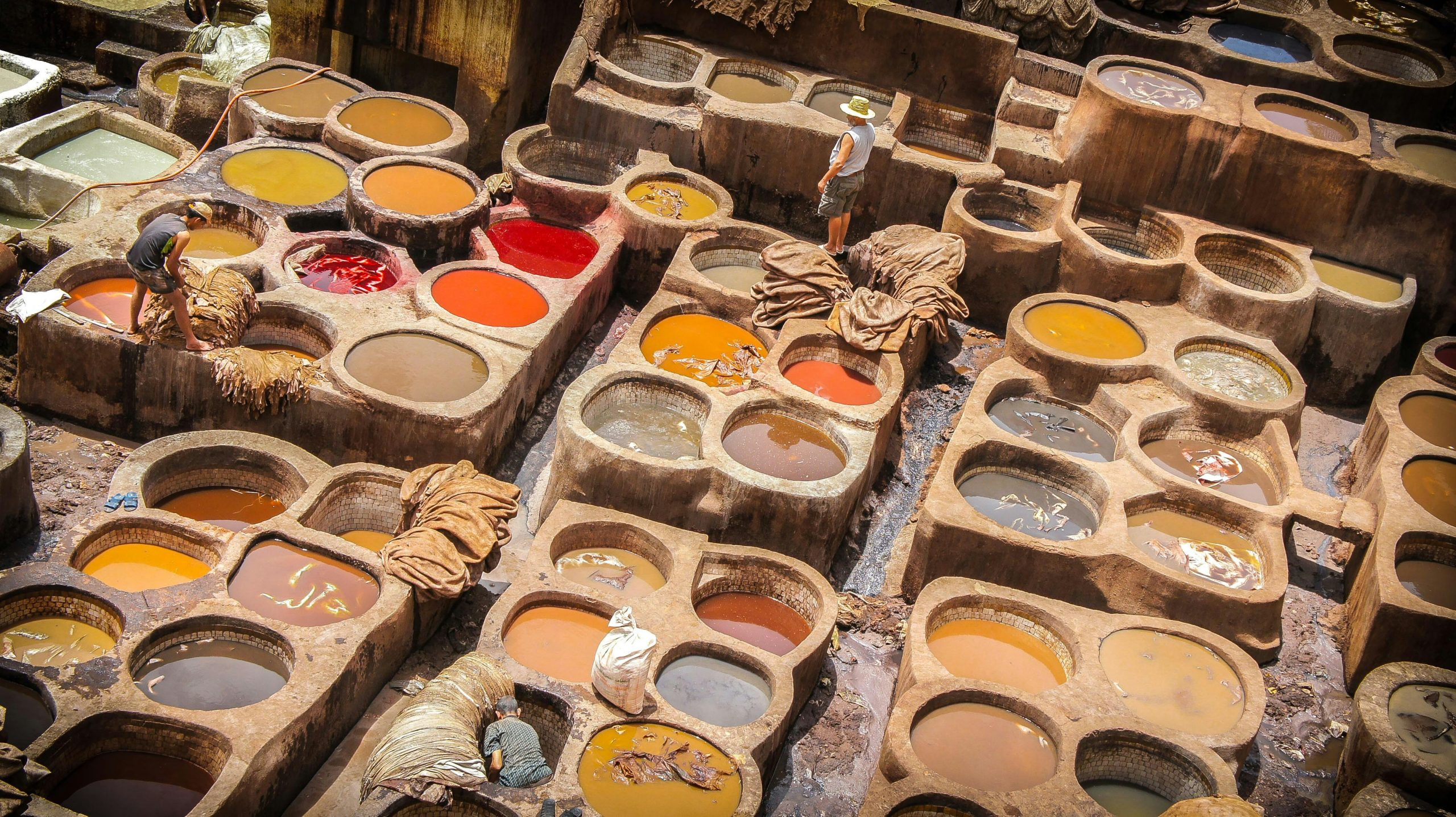Fes Morocco
Fes Morocco
Paranormal, mystical, or magical Morocco’s Medina of Fes is the largest and oldest in all of North Africa, and the city itself is a UNESCO World Heritage Site. The city is still considered by many to be the cultural heart of Morocco, even though it is no longer the country’s capital. Step inside the city’s historic walls and into the fascinating chaos of the medina, where you’ll find tanneries, hammams, and towers stacked with spices and traditional handicrafts. Spend a day or two exploring the city’s historic sites and cultural delights.

Fes Morocco’s Main Attractions
Medersa Bounania Between 1350 and 1357, Merenid Sultan Bou Inan constructed the Medersa Bou Inania. Since it is one of the few mosques in Fes that welcomes non-Muslims, the Medersa (a “madrassa” is an Islamic school of learning) is a popular tourist destination and a must-see on any tour of the Medina. This building served as a theological academy until the 1960s, and the subsequent restoration work meticulously recreated its magnificent original appearance. The stucco and carved woodwork are stunning, and the work of skilled Moroccan craftspeople.
Qaraouiyine Mosque’s Exterior The Qaraouiyine Mosque, founded in 857 CE by refugees from the holy city of Kairouan, flourished as a university of theology and philosophy during the Middle Ages. Its rival, the Al Azhar Mosque in Cairo, Egypt, also claims to be the world’s oldest university. With a prayer hall that can accommodate 20,000 people, it is now one of the largest mosques in Morocco. More than 30,000 books may be found in the mosque’s library, which is one of the oldest still in existence. A Qur’an from the 9th century is included in the assortment. Non-Muslims are not permitted inside the Qaraouiyine Mosque compound. However, from the elaborate main gateway on Derb Boutouil, non-Muslims can catch a peek at the mosque’s inner courtyard. From the rooftops of surrounding restaurants and the Medersa el-Attarine, visitors can take in breathtaking panoramas of the mosque.
Royal Palace’s Gate in Fes el Jedid In the 13th century, the Merenids constructed this “New City” after deciding that Fes el Bali was too small to house their palaces. The magnificent Royal Palace is the main attraction. The 80 hectares of land it occupies are off-limits to the general public, although visitors are welcome to pause inside to see the building’s elaborate architecture. This little district of the city is a welcome respite between the frantic activity of nearby Fes el Bali and the European-style grandeur of nearby Ville Nouvelle. In the southern part of this neighborhood is the Mellah (Jewish quarter).
Where to Dine?
Chez Rachid, located near the famous Bab Boujloud Gate, also known as “The Blue Gate”, serves some of the city’s greatest meals. The terrace at Cafe Clock is lovely, making it an excellent dining option as well. The menu features a combination of Western and Asian flavors.
What to Do?
How to Get There?
Flying at Fes-Saiss Airport (FEZ MOROCCO) is the easiest method to get to Fes from anywhere in the world or any other city in Morocco. From other important Moroccan towns including Casablanca, Marrakech, Rabat, and Tangier, you may easily catch a train to Fez Morocco. You can also go to Fez by private transportation.